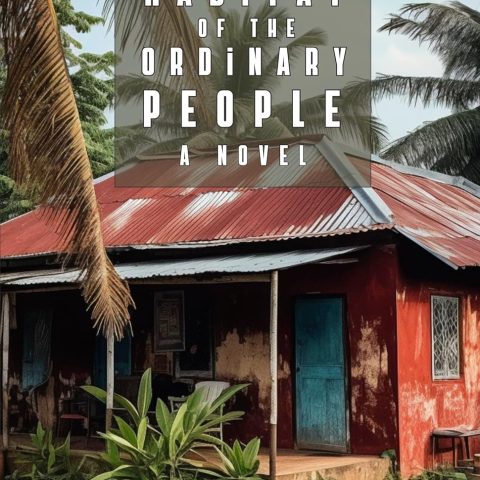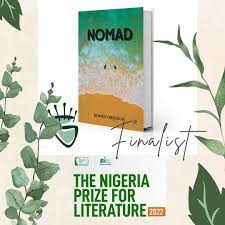Reviewed By Sokari
Ekine | with thanks to Blacklooks
Sunday,
August 5, 21012
The book Women in South African History traces the lives of South African
women from the pre-colonial, pre-union period (mid-18th century) through to the
post-apartheid beginnings and present day South Africa. It is written in four
thematic parts: Women in the pre-colonial and pre-union periods; Women in early
to mid-twentieth century South Africa; War: armed and mass struggle as gendered
experiences; The 1990s and beyond: new identities, new victories, new
struggles.
The book is a radical departure
from the traditional history texts in that it uses a feminist analysis rather
than the “more acceptable gender analysis” in its approach by examining “the ways in which gender intersects with
race, culture, class and other forms of identity and location in South African
history“. By including the present as part of history the book
shows how the past and present are inextricably linked and thus better examines
women’s experiences over the past 300 years. The experiences of women’s
struggle and their continuing hazardous journeys towards liberation are expressed
through the dual metaphors of “they
move boulders” – challenges; and “they cross rivers” – dangers.
Women in South African History
goes far beyond the many well-known events and periods by feminizing those
events and periods where women’s participation has never been acknowledged. In
the chapter “Like three tongues in one mouth”: Tracing the elusive lives of
slave women in (slavocratic) South Africa, Pumla Dineo Gqola, brings to life
the slave women brought to South Africa from South East Asia, East Africa and
Southern Africa. Despite the scarcity of historical and biographical
narratives, Pumla is still able to document the lives of some slave women and
more importantly the ways in which they resisted and revolted against their
enslavement and their central role “to
the historical constitution of Afrikaner society“. Other examples
are women’s mass protests against carrying of passes in Bloemfontein and
Potchefstroom in 1913; women’s involvement in the trade union movement during
the 1930s; the participation of women in the ANC underground and military wing
in the 1950s; township uprisings in the Eastern Cape in the 1970s and 1980s;
naked women protests against lack of housing in Soweto in 1990; migrant women
in Johannesburg and women learning to live with HIV/AIDS in present day South
Africa.
The
book concludes with a powerful essay by Yvette Abrahams in which she chronicles
her experience of researching and writing on Sarah Bartman. Or rather searching
for the REAL Sarah Bartman not the racialised sexualised object constructed by
white male fantasies …a “living specimen of barbaric savage races” one who
according to Lindfors [Courting the Hottentot Venus] was willing to collaborate
in her own degradation in order to earn more money…
she
allowed herself to be exhibited indecently to the European public, and she
persisted in this tawdy occupation for more than five years….. She may have
been the victim of the cruelist kind of predatory ruthlessness, but her
collusion in her own victimisation was unmistakeable…. he concludes
To put it plainly, she may have engaged in prostitution as well as
exhibitionism. Her degradation may have been completed..
Abrahams tears these racist,
sexist texts to pieces written not in the 1800s but in the 1980s. Men such as
Lindfors were able to pass these lies off as academic text by so called
intellectuals. Abrahams leads us through to the convincing conclusion that
Sarah Bartman was a slave – a Khoekhoe slave woman. She does this by connecting
her own personal history to that of the Khoekhoe. Born in the pre-colonial
period of the 1780s, she must have had a Khoekhoe name and the only way she
could have lost that name at that time was through slavery. Also the only way
for her to move from her home in the Western Cape to England was as a slave.
Sarah Bartman lied (that she willingly exhibited herself) because she was a
slave and knew very well that her words would not be believed over that of a
white man and the consequences of her telling the truth would have been too
horrible to contemplate such as life imprisonment and even more degradation and
abuse.
Abrahams again makes the
absolute convincing statement without any hesitation or qualification that the
“abuse and degradation” of Sarah Bartman was rape. Rape not only of Sarah but
of the whole Khoekhoe nation. The white male racist, sexist texts she quotes in
her essay are a form of “surrogate violence” against African women, Black
women, Khoekhoe women and Sarah Bartman.
“Was
it not rape of a symbolic sort to parade the degradation ad humiliation of
auntie Sarah before me? Was it not a sexually violent act which expressed male
power and my vulnerability to pain? Has not each male author I have brought
before you been unable to resist the temptation of demonstrating their psycho
sexual power and auntie Sarah’s inability to resist? In the place of false
witness it is time to speak the truth. I name the posthumous abuse and
degradation of auntie Sarah’s body, rape. The rape of her body is a rape of my
mind.”
As Abrahams writes, Sarah
Bartman whose real name, real self was stolen like that of millions of other
slaves and their descendants, is dead and therefore can no longer feel the
pain. But she (Abrahams) feels it – I feel it and Black women throughout the
world feel it. Every racist, sexist, misogynist text by whiteness against Black
women is felt by me, by all of us. The symbolism of this sexual violence is
explained by a more “refined and broader” definition of rape.
…the
element of sexual abuse are the violation of a person’s integrity by force
and/or threat of physical violence, dishonouring the ethic of mutuality and
care in relationships of domination, and an infraction of one’s
psycho-spiritual-sexual integrity. Sexual abuse is sacrilege of God’s spirit in
each of us [Eugene, TM “If you get there before I do: A womanist ethical
response to sexual violence and abuse. In J Grant (ed) Perspectives on womanist
theology”
In reviewing South African Women
in History, I chose to focus on Yvette Abrahams essay because the story of
Sarah Bartman speaks to the book as a whole and speaks to me personally. It is
both the beginning – pre-colonial and the present, continued racism but always
resistance. Sarah Bartman’s agency was expressed in her act of survival against
all odds. For me Sarah Bartman, Khoekhoe woman represents the loss that came
with slavery and colonialism as well as the struggle for liberation and
emancipation.
Women
in South African History
is a “transdisciplinary” interrogation of events and periods in the history of
South Africa from a feminist perspective. The narratives bring to life the
daughters of Africa in their quest for emancipation, sometimes at great cost to
themselves and their families, particularly their children. But always there is
an unflinching determination – choices are laid bare and the choice is still
emancipation.Sokari Ekine is a human rights activist, writer and an award-winning blogger. She blogs at http://Blacklooks.org
�
Send to a friend | �
View/Hide Comments (0) | �





